Greenhouse Ventilation
species_crab
15 years ago
Related Stories
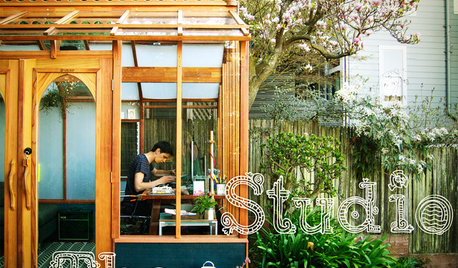
OUTBUILDINGSStudio Solution: A Kit Greenhouse Becomes a Creative Private Office
See how an inventive work-from-home designer made an office from a greenhouse, for some inspired thinking in the backyard
Full Story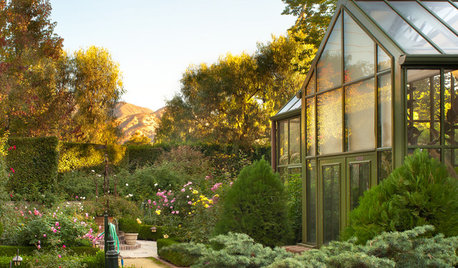
GREENHOUSESGreenhouses Bring Gardens in From the Cold
Get a jump start on summer plantings even if spring chills linger with a greenhouse or cold frames in your backyard
Full Story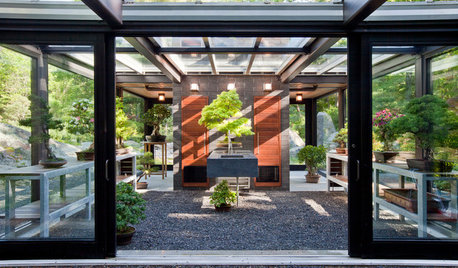
OUTBUILDINGSModern Masters Inspire a Glass Garden House
Distilled down to structural steel and glass, this greenhouse and tearoom in Massachusetts is tops in elegance
Full Story
WINTER GARDENINGExtend Your Growing Season With a Cold Frame in the Garden
If the sun's shining, it might be time to sow seeds under glass to transplant or harvest
Full Story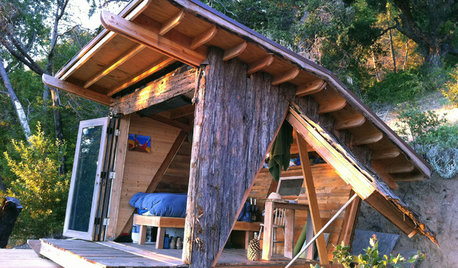
OUTBUILDINGS15 Backyard Escapes Worth Taking a Vacation Day For
These guesthouses, studios, sheds and greenhouses show that sometimes the best getaway is right outside your back door
Full Story
FUN HOUZZWorld of Design: 10 Unconventional Homes Packed With Personality
Life inside a former church, missile silo or greenhouse? Be it in Japan, Denmark or somewhere in between, not every home begins as a house
Full Story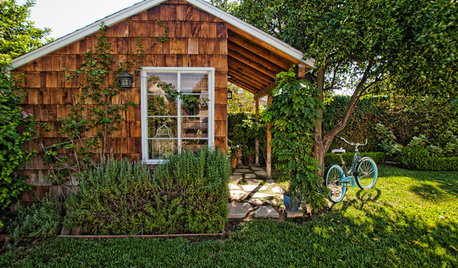
BACKYARD IDEAS7 Backyard Sheds Built With Love
The Hardworking Home: Says one homeowner and shed builder, ‘I am amazed at the peace and joy I feel when working in my garden shed’
Full Story
HOUZZ TOURSMy Houzz: Dive Into a Cajun Country Home With an Indoor Pool
Drenched in sunshine from a massive glass atrium roof, this newly redesigned Louisiana home works swimmingly
Full Story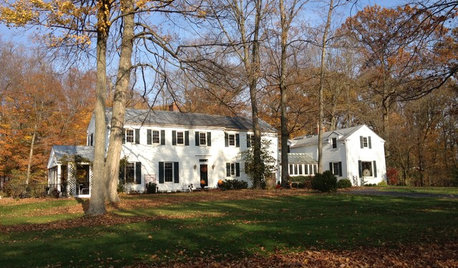
HOUZZ TOURSHouzz Tour: 19th-Century Family Farmhouse
An Ohio family's historic home is loved and transformed through five generations
Full Story
FARM YOUR YARDHouzz Call: Show Us Your One-of-a-Kind Chicken Coops
Do you have a fun or stylish backyard shelter for your feathered friends? Post your pictures and stories in the Comments!
Full Story



birdwidow
bcfromfl
Related Discussions
Greenhouse ventilation problem
Q
anyone grow poinsettias?
Q
Question about greenhouse ventilation
Q
Greenhouse ventilation
Q
pabloverde
bcfromfl
orchiddude
species_crabOriginal Author
species_crabOriginal Author
bcfromfl
bcfromfl
species_crabOriginal Author